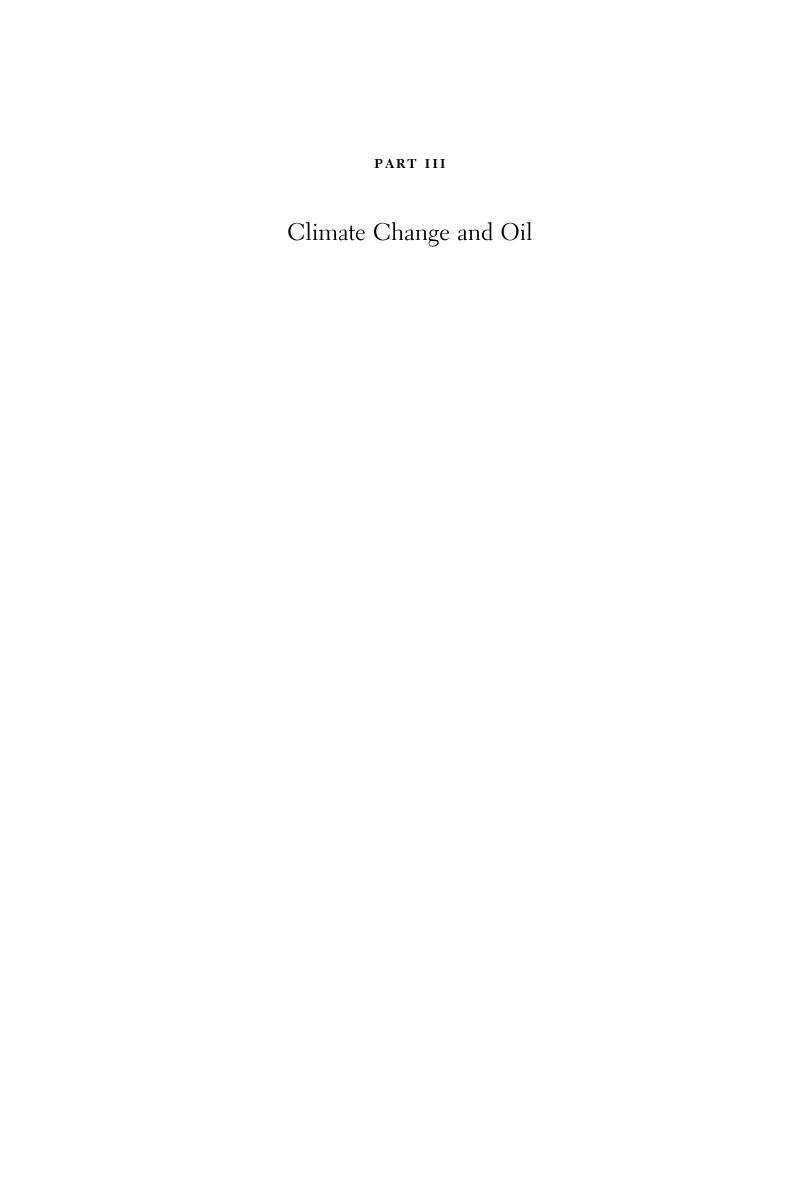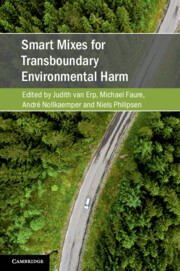Book contents
- Smart Mixes for Transboundary Environmental Harm
- Cambridge Studies on Environment, Energy and Natural Resources Governance
- Smart Mixes for Transboundary Environmental Harm
- Copyright page
- Contents
- Figures
- Tables
- Contributors
- Acknowledgments
- Abbreviations
- Part I Conceptual Approaches to Smart Mixes
- Part II Fisheries and Forestry
- Part III Climate Change and Oil
- Part IV Concluding Remarks
- References
Part III - Climate Change and Oil
Published online by Cambridge University Press: 15 March 2019
- Smart Mixes for Transboundary Environmental Harm
- Cambridge Studies on Environment, Energy and Natural Resources Governance
- Smart Mixes for Transboundary Environmental Harm
- Copyright page
- Contents
- Figures
- Tables
- Contributors
- Acknowledgments
- Abbreviations
- Part I Conceptual Approaches to Smart Mixes
- Part II Fisheries and Forestry
- Part III Climate Change and Oil
- Part IV Concluding Remarks
- References
Summary

- Type
- Chapter
- Information
- Smart Mixes for Transboundary Environmental Harm , pp. 237 - 326Publisher: Cambridge University PressPrint publication year: 2019
References
References
References
References
References
- 1
- Cited by



